The flow of history in each place
In modern history, from 1975 to present, Vietnam has undergone many separations and mergers of provincial administrative units. Since 2008, Vietnam has maintained a total of 63 provincial administrative units, including 57 provinces and 6 centrally-run cities (Hanoi, Ho Chi Minh City, Da Nang, Can Tho, Hai Phong and Hue City (Hue officially became a centrally-run city from January 1, 2025).
Previously, according to the Department of Local Government - Ministry of Home Affairs, after Vietnam gained independence in August 1945, the Democratic Republic of Vietnam was born. According to the 1946 Constitution, the country was divided into three regions: the North, the Central and the South. During the period of 1945 - 1946, our country had 65 provinces. According to the report on the administrative boundary situation of our country in Report No. 51/BCSĐ of the Party Committee of the Government dated August 24, 1995, before the reunification of the country on April 30, 1975, the North had 28 provinces, cities and special zones, while the South had 44 provinces and cities. There were a total of 72 provincial-level administrative units in the country.
Since 1975, Vietnam has undergone many separations and mergers of provincial administrative units, at one point reducing the number of provinces and cities from 72 to 38. In December 1975, the 5th National Assembly passed a resolution on abolishing the regional level and merging administrative units, merging a series of provinces in the North and North Central regions.
In 1976, the merger process continued to be carried out on a large scale from the North Central region to the provinces of the Southwest and the Central Highlands. After these mergers, the whole country had only 38 provincial-level administrative units. Accordingly, Cao Bang province merged with Lang Son to form Cao Lang. Tuyen Quang merged with Ha Giang to form Ha Tuyen. Hoa Binh merged with Ha Tay to form Ha Son Binh. Nam Ha merged with Ninh Binh to form Ha Nam Ninh. The three provinces of Yen Bai, Lao Cai, and Nghia Lo merged to form Hoang Lien Son. In addition, the North also had the provinces of Bac Thai, Ha Bac, Hai Hung, Lai Chau, Quang Ninh, Son La, Thai Binh, Vinh Phu and two centrally-run cities of Hanoi and Hai Phong. In the Central region, Nghe An and Ha Tinh provinces merged to form Nghe Tinh. Quang Binh, Quang Tri, Thua Thien Hue and the Vinh Linh area merged to form Binh Tri Thien province. The two provinces of Quang Nam, Quang Tin and Da Nang city merged to form Quang Nam - Da Nang. Quang Ngai merged with Binh Dinh to form Nghia Binh. Phu Yen and Khanh Hoa merged into Phu Khanh. The three provinces of Ninh Thuan, Binh Thuan and Binh Tuy merged into Thuan Hai. Kon Tum and Gia Lai merged into Gia Lai - Kon Tum province. The provinces of Thanh Hoa, Dak Lak and Lam Dong remained the same as before.
In the South, in 1976, the National Assembly renamed Saigon - Gia Dinh city as Ho Chi Minh City - a city directly under the Central Government. The three provinces of Binh Duong, Binh Long, and Phuoc Long merged into Song Be province. Bien Hoa, Tan Phu, and Ba Ria - Long Khanh provinces merged into Dong Nai province. Dong Thap province was established on the basis of merging Sa Dec and Kien Phong provinces. Long Xuyen and Chau Doc provinces merged into An Giang. My Tho, Go Cong provinces and My Tho city merged into Tien Giang province. Hau Giang province was established on the basis of merging Phong Dinh, Ba Xuyen, and Chuong Thien provinces. Kien Giang province was re-established on the basis of the entire area of Rach Gia province and the three districts of Chau Thanh A, Ha Tien, and Phu Quoc of the previous Long Chau Ha province. Vinh Long and Tra Vinh provinces merged into Cuu Long. Bac Lieu and Ca Mau merged into Minh Hai. In addition, Kien Hoa province changed its name to Ben Tre. The South also has Tay Ninh and Long An provinces.
Thus, by 1976, the total number of provincial-level administrative units in Vietnam was 38, including 35 provinces and 3 central cities. The three cities were Hanoi, Hai Phong, and Ho Chi Minh City. The 35 provinces included: Bac Thai, Cao Lang, Ha Nam Ninh, Ha Bac, Ha Son Binh, Ha Tuyen, Hai Hung, Hoang Lien Son, Lai Chau, Quang Ninh, Son La, Thai Binh, Vinh Phu, Thanh Hoa, Nghe Tinh, Binh Tri Thien, Quang Nam - Da Nang, Nghia Binh, Phu Khanh, Thuan Hai, Gia Lai - Kon Tum, Dak Lak, Lam Dong, Song Be, Tay Ninh, Dong Nai, Long An, Dong Thap, An Giang, Tien Giang, Hau Giang, Kien Giang, Ben Tre, Cuu Long, and Minh Hai.
In 1978, the National Assembly approved the expansion of Hanoi's administrative boundaries, and merged five more districts into the city. Cao Lang Province was divided into two separate provinces, Cao Bang and Lang Son, bringing the total number of provinces and cities to 39. In 1979, Vietnam had an additional provincial-level administrative unit, Vung Tau - Con Dao Special Zone, bringing the total number of administrative units to 40. In 1989, the number of administrative units in the country increased to 44, including 40 provinces and three centrally-run cities, along with Vung Tau - Con Dao Special Zone. During this period, Binh Tri Thien Province was divided into three separate provinces, Quang Binh, Quang Tri, and Thua Thien Hue; Nghia Binh Province was divided into two provinces, Quang Ngai and Binh Dinh; and Phu Khanh Province was also divided into two provinces, Phu Yen and Khanh Hoa.
By 1991, the country had 53 provincial-level administrative units, at which time some previous provinces were re-divided, such as Ha Son Binh province was split into Ha Tay and Hoa Binh; Ha Nam Ninh province was split into Nam Ha and Ninh Binh; Nghe Tinh province was split into Nghe An and Ha Tinh; Ba Ria - Vung Tau province was established on the basis of three districts split from Dong Nai province and Vung Tau - Con Dao Special Zone.
In 1997, the number of provinces and cities increased to 61 when some provinces continued to split. Specifically, Bac Thai was split into Bac Kan and Thai Nguyen; Ha Bac was split into Bac Giang and Bac Ninh; Nam Ha was split into Ha Nam and Nam Dinh; Hai Hung was split into Hai Duong and Hung Yen. In the same year, Quang Nam - Da Nang was also split into Quang Nam province and Da Nang city, and Song Be province was split into Binh Duong and Binh Phuoc.
In 2004, Vietnam continued to separate three provinces, bringing the total number of provincial-level administrative units to 64. Dak Lak, Can Tho and Lai Chau were divided into smaller administrative units. In 2008, the National Assembly passed a resolution to merge Ha Tay province, along with some communes of Hoa Binh and Me Linh district (Vinh Phuc) into Hanoi.
How beautiful are the names of the homeland
Vietnam - the curved S-shaped strip of land on the East Sea - is not only depicted by high mountains, vast seas or red rivers with heavy alluvium, but also deeply engraved in each place name - the name of the village, province, city, stream, hill. On each of those places is a layer of historical - cultural - human sediment, cultivated for many generations, creating the national identity, the map of the soul of each Vietnamese person.
Since the founding of the country, the administrative map of Vietnam has undergone many changes. The names of provinces and cities - initially roads, towns, prefectures, then provinces, districts, and then cities - have changed many times over time, institutions, and historical circumstances. Each name change is not simply an administrative adjustment, but also reflects the flow of the country's history. There are place names that have remained unchanged for thousands of years, such as Thang Long - Hanoi; there are provinces that have been split and merged, such as Ha Bac, Binh Tri Thien, Nghia Binh, Ha Tay, Hoa Binh, etc., and then re-established according to development needs; there are cities that carry layers of names: Saigon - Gia Dinh - Ho Chi Minh City. All of these create a vivid map - where history, culture, and human emotions blend together.
Place names are not just names. They are symbols of memories. Each place name and village name carries a layer of meaning in terms of language, customs, beliefs and folk legends. The name “Hue” is a phonetic variation of “Thuan Hoa”, a borderland that became the capital of the Nguyen Dynasty. “Nam Dinh” means the peaceful South - associated with the dream of world peace. “Can Tho” comes from “Cam Thi Giang” - the river of poetry. Place names such as Ha Giang, Son La, Dak Lak… also carry the sounds of indigenous languages - a testament to the diversity and richness of Vietnamese culture.
Different regions - place names also differ in style and language structure. But regardless of the tone, each place name is a piece in the overall picture of the nation. Place names not only remind us of places, but also of people, culture and pride... When mentioning Nghe An, we remember President Ho Chi Minh. When mentioning Tuyen Quang, we remember the resistance capital. When mentioning Can Tho, we imagine a river region heavy with alluvium, the honest and loyal people of the South...
History has witnessed many touching name changes. When Saigon was renamed Ho Chi Minh City, it was not only an administrative decision but also a tribute to the beloved leader. When Ha Tay province was merged into Hanoi, many Ha Tay people felt sad, but also understood that it was an inevitable step of urbanization and development. Changing place names is sometimes associated with historical events, but also reflects the country's transformation over time.
Place names are also “characters” in literature, folk songs, and folk songs. Who has not heard the song: “Who returns to Ha Tinh, then returns/Wearing a dark ao dai and a conical hat…” The name of the homeland is in the mother’s lullaby, becoming a call in the heart of those far from home. Every time returning to the homeland, just seeing the signs “Return to Nam Dinh”, “Return to Hue”, “Return to Dong Thap”… makes the heart of those far from home flutter. During each Tet season, each Vu Lan season, each Hung King’s death anniversary, place names are like a sacred map appearing in the hearts of Vietnamese people. The homeland is not only the place where we were born, but also the place where place names have entered the bloodline, becoming an irreplaceable cultural identity…
It can be said that each province and city in Vietnam - each name is a story, a legend, a loving call. From Mong Cai to Ca Mau, from Dien Bien to Phu Quoc - each place name connects to each other like an endless cultural river. Each place name is telling the story of the people who lived, fought, loved and devoted themselves to the Fatherland.
“Provinces and cities of Vietnam - a strip of mountains and rivers” is not just an administrative map. It is a map of the soul. It is a continuous, rich, proud historical flow in every Vietnamese person...
Mergers create momentum and room for development
Currently, the arrangement of administrative units associated with the arrangement of the apparatus to ensure leanness, compactness, strength, efficiency, effectiveness, and efficiency is being focused on by the Party and the State and is highly agreed upon. The arrangement of administrative units aims to create development space; promote the potential, opportunities, and competitive advantages of localities in accordance with current development conditions; promote the autonomy, self-reliance, and self-reliance of local authorities at all levels; especially to bring the government closer to the people, to solve people's work faster and more conveniently; and to bring more happiness and prosperity to the people.
At the working session with the Economic - Social Subcommittee of the 14th National Congress at the Government headquarters on the morning of March 17, 2025, General Secretary To Lam emphasized: “This is not simply a matter of adjusting administrative boundaries but also a matter of adjusting economic space. At the same time, it is necessary to re-evaluate national planning, regional planning, planning and development orientation of provinces and cities. Merging is not just to streamline to save spending money, that is only part of it, but the driving force for development and room for development are important.”
Source: https://baophapluat.vn/tam-ban-do-tam-hon-trong-tim-moi-nguoi-dan-nuoc-viet-post545143.html



![[Photo] Touching images recreated at the program "Resources for Victory"](https://vstatic.vietnam.vn/vietnam/resource/IMAGE/2025/4/14/99863147ad274f01a9b208519ebc0dd2)
![[Photo] General Secretary To Lam chairs the third meeting to review the implementation of Resolution No. 18-NQ/TW](https://vstatic.vietnam.vn/vietnam/resource/IMAGE/2025/4/14/10f646e55e8e4f3b8c9ae2e35705481d)
![[Photo] Opening of the 44th session of the National Assembly Standing Committee](https://vstatic.vietnam.vn/vietnam/resource/IMAGE/2025/4/14/03a1687d4f584352a4b7aa6aa0f73792)
![[Photo] Children's smiles - hope after the earthquake disaster in Myanmar](https://vstatic.vietnam.vn/vietnam/resource/IMAGE/2025/4/14/9fc59328310d43839c4d369d08421cf3)
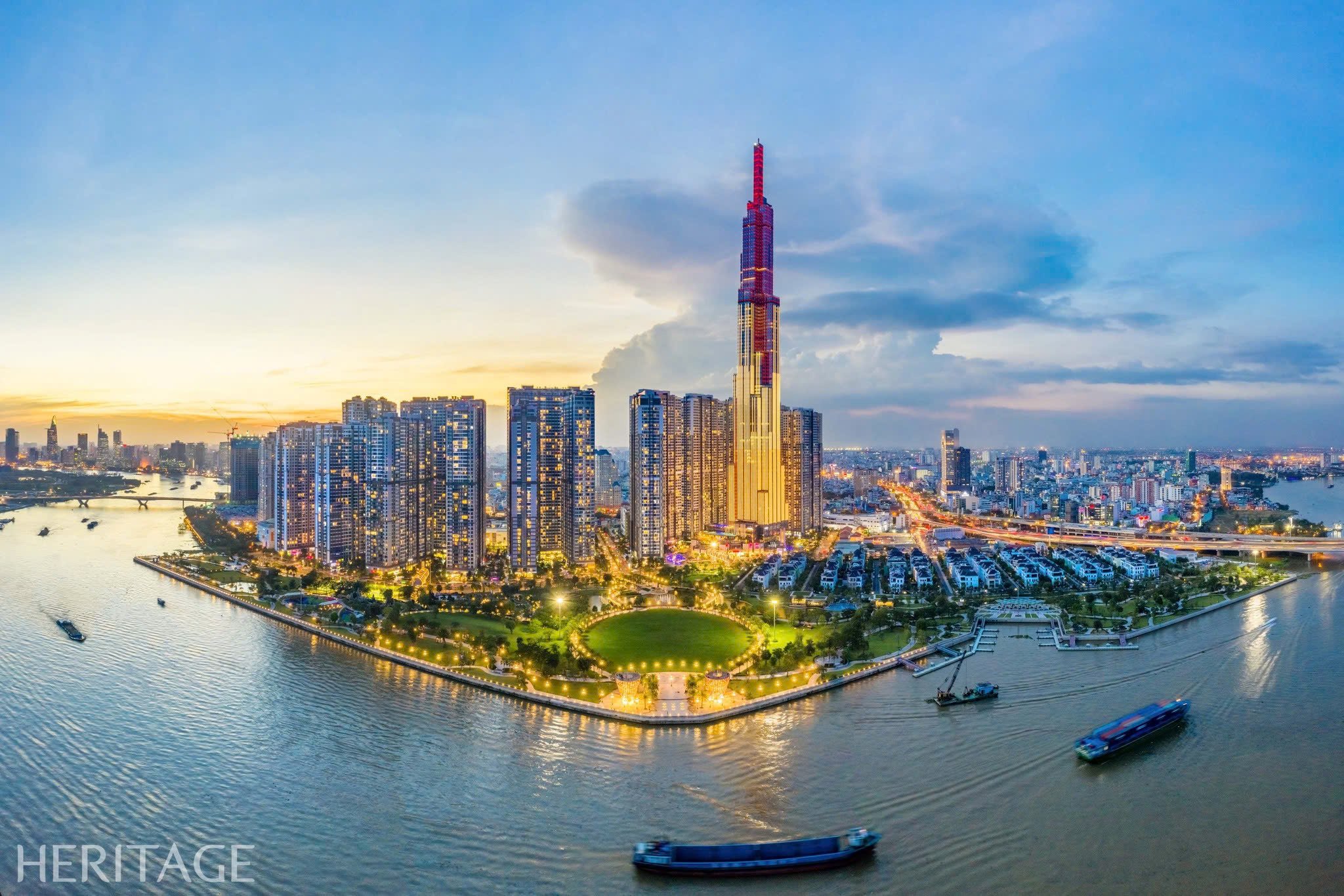
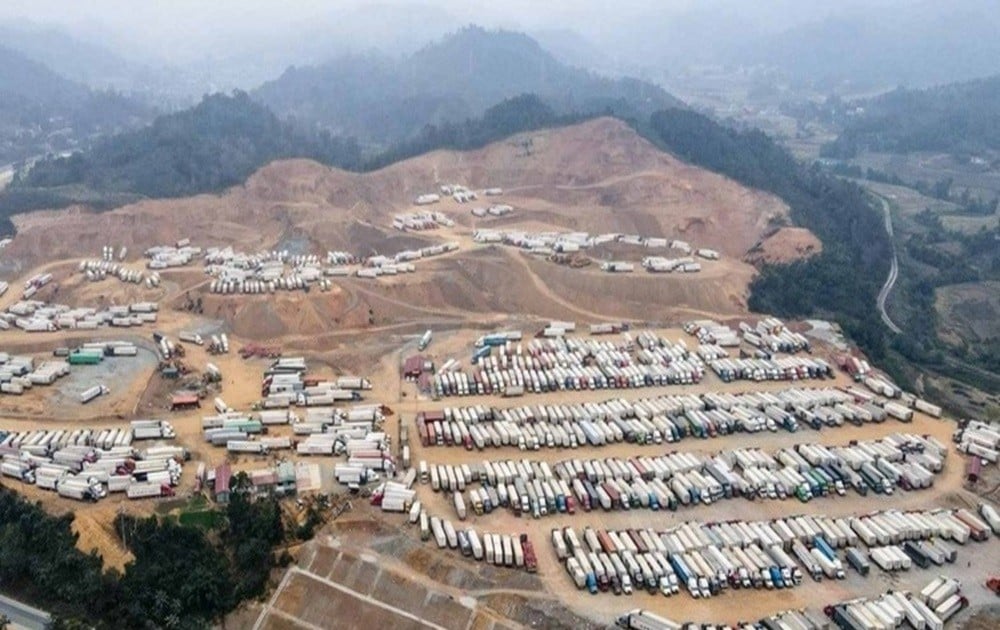










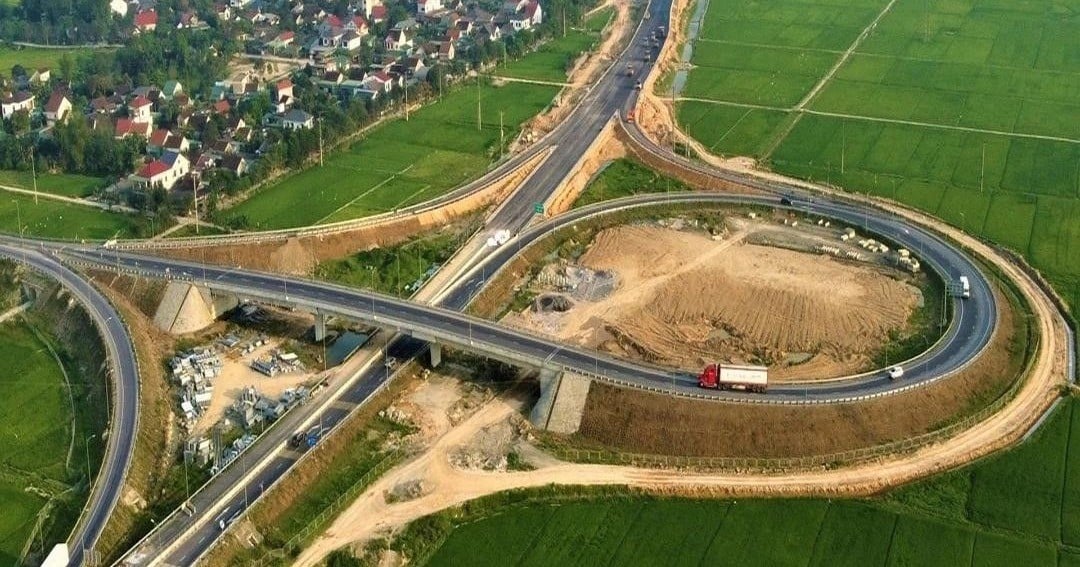
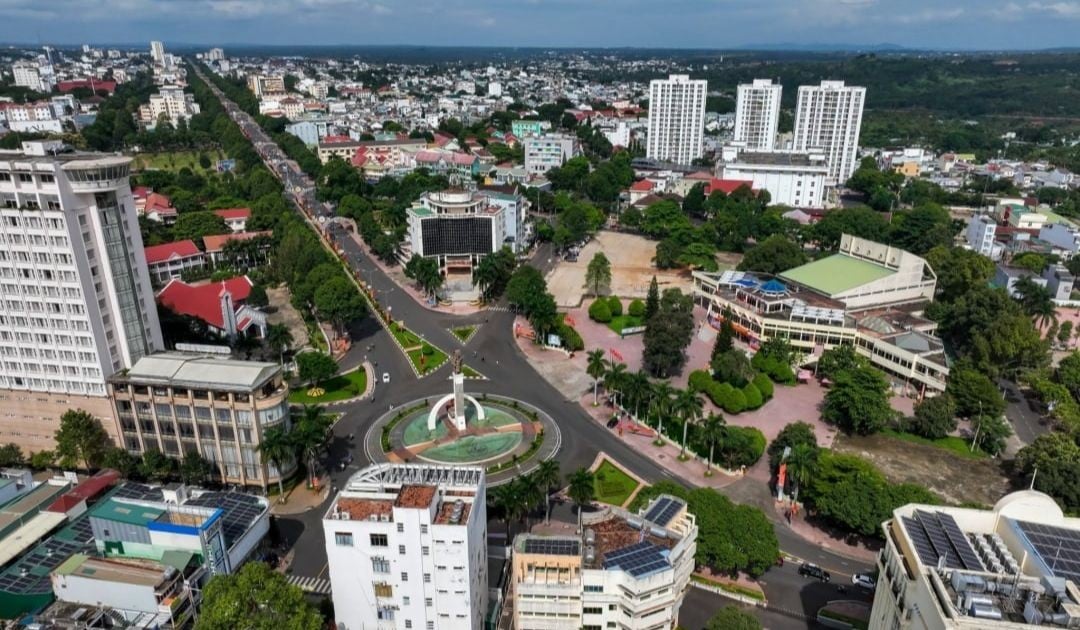


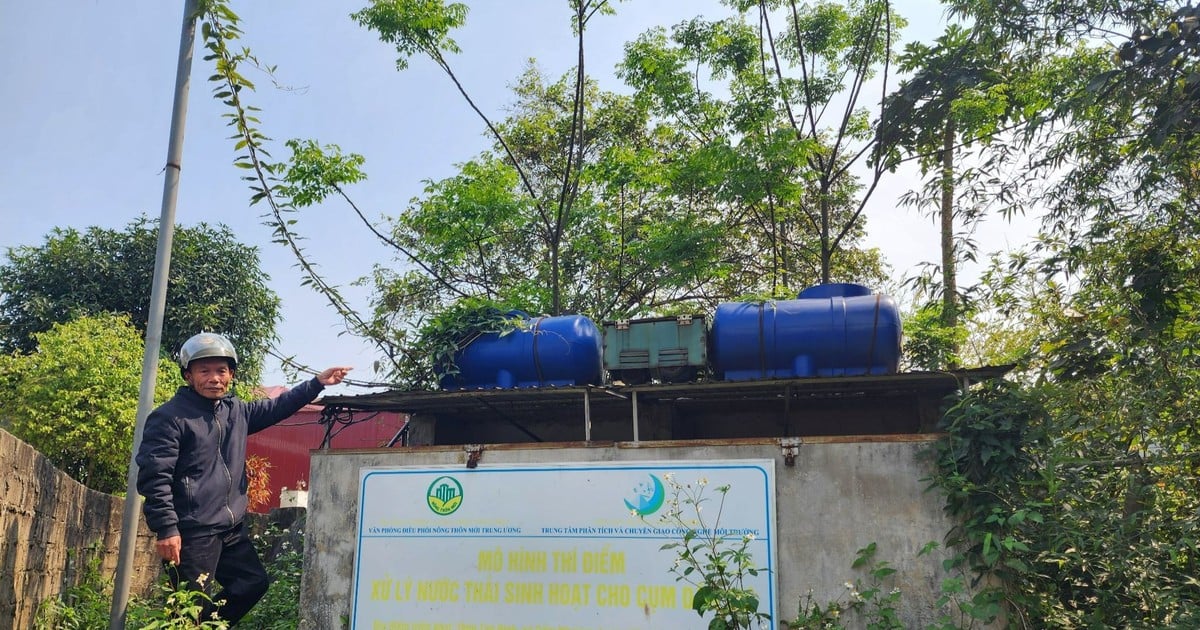






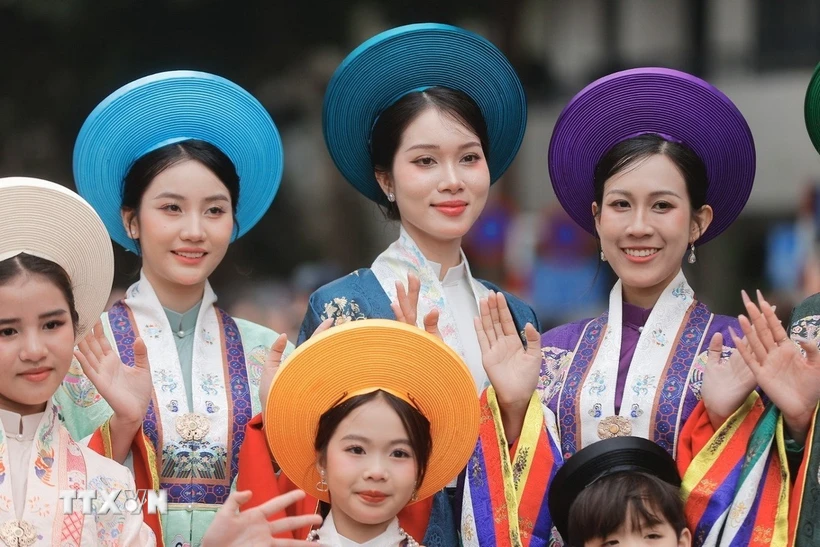













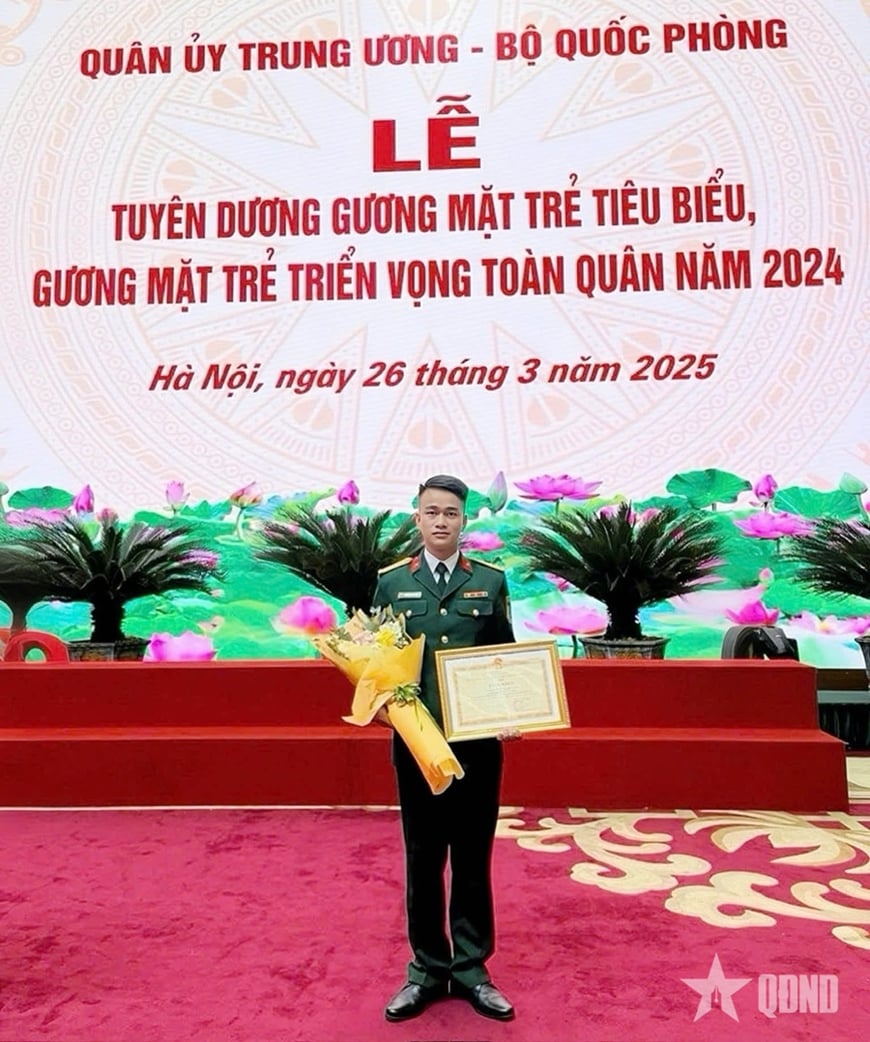














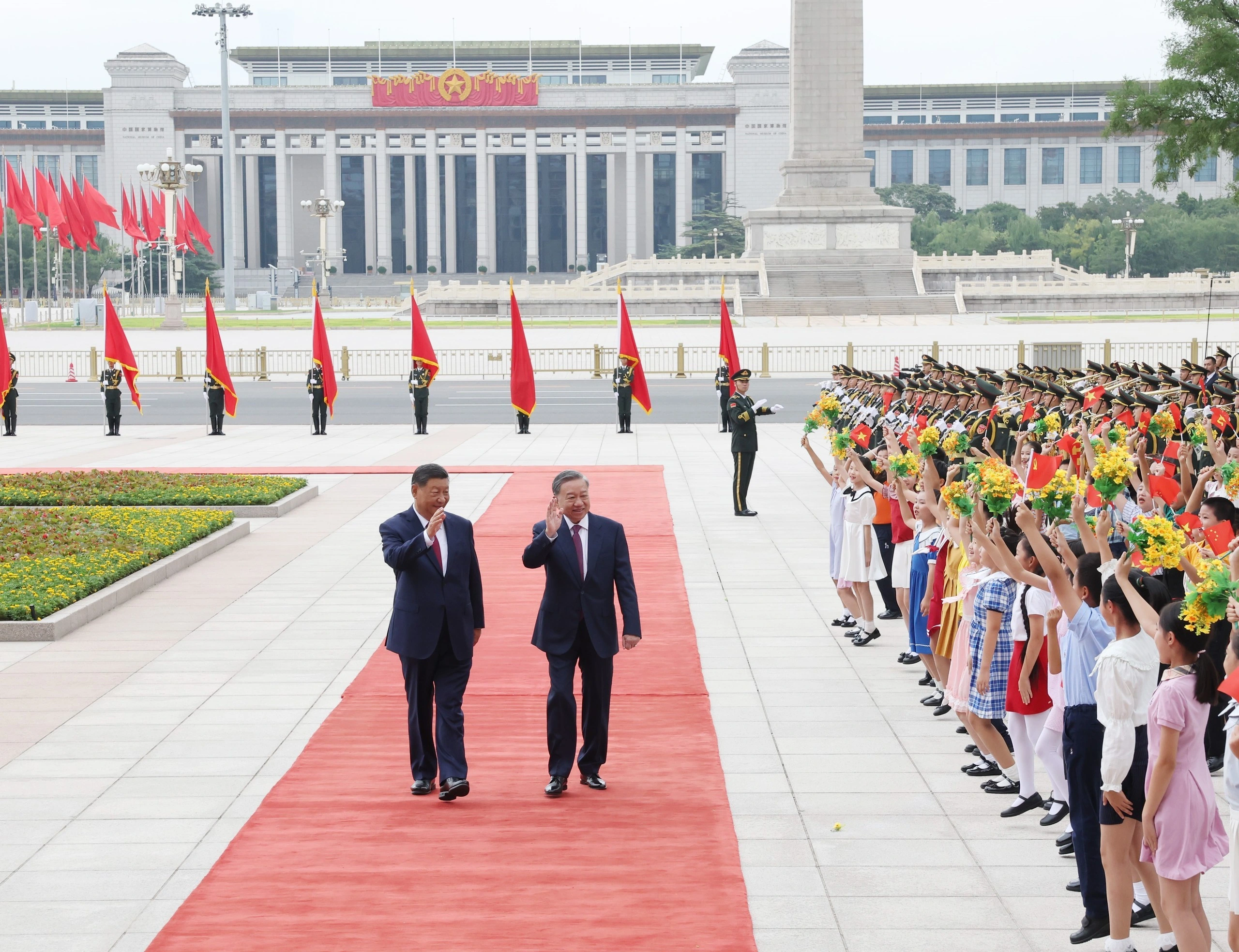
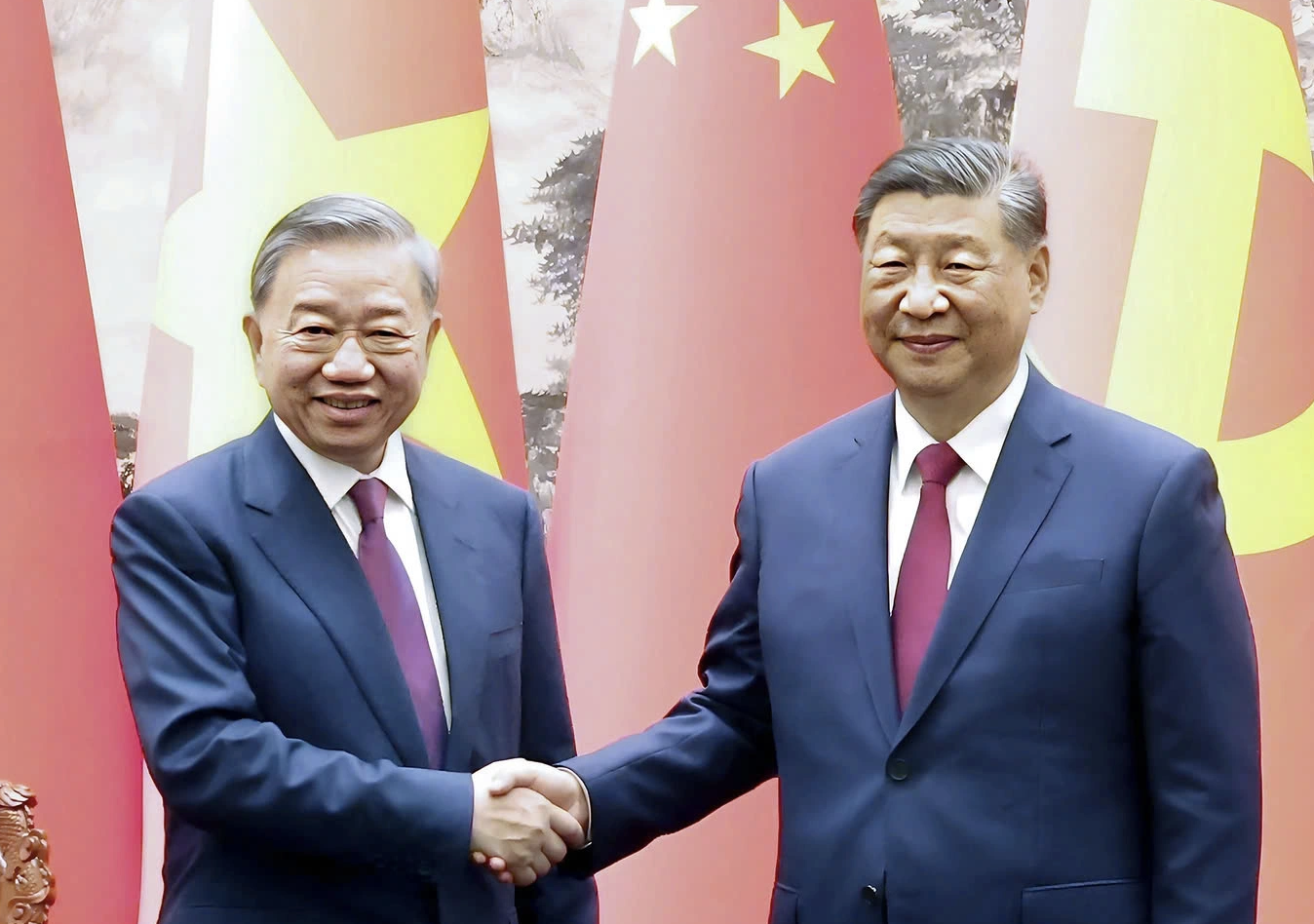








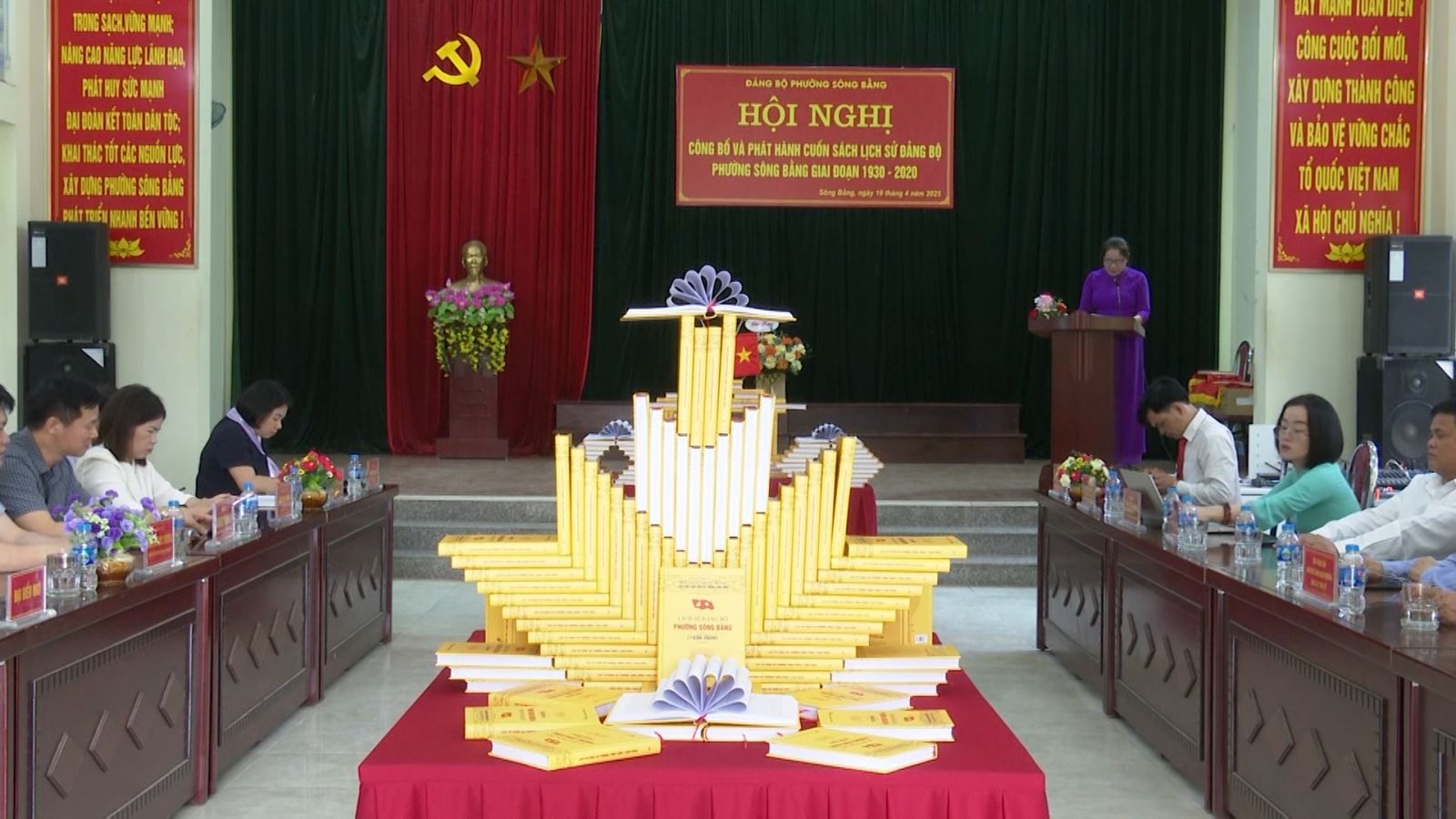




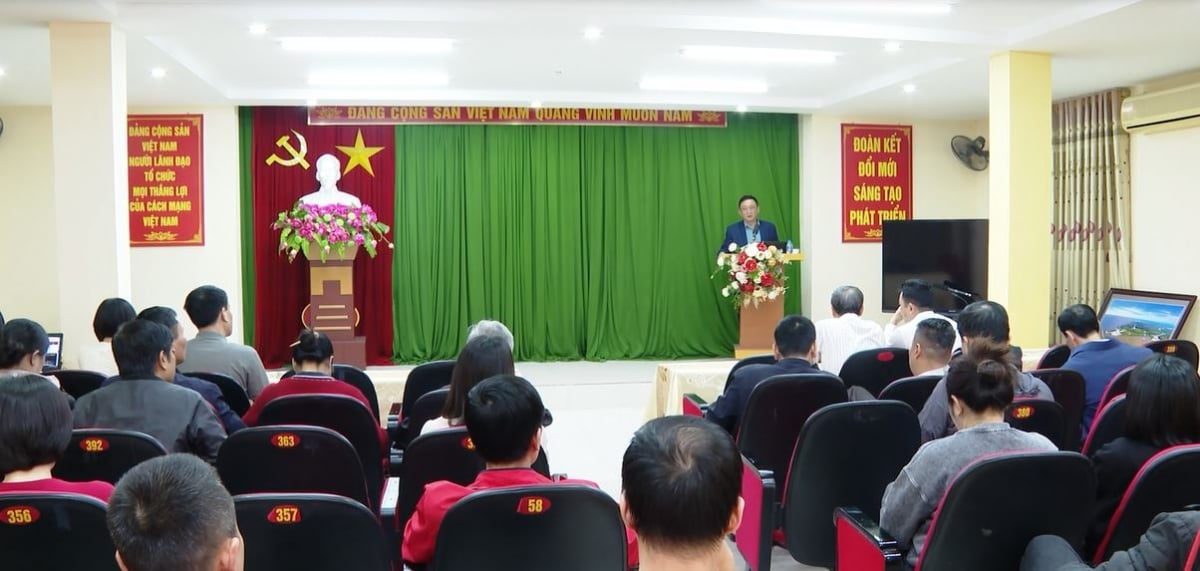

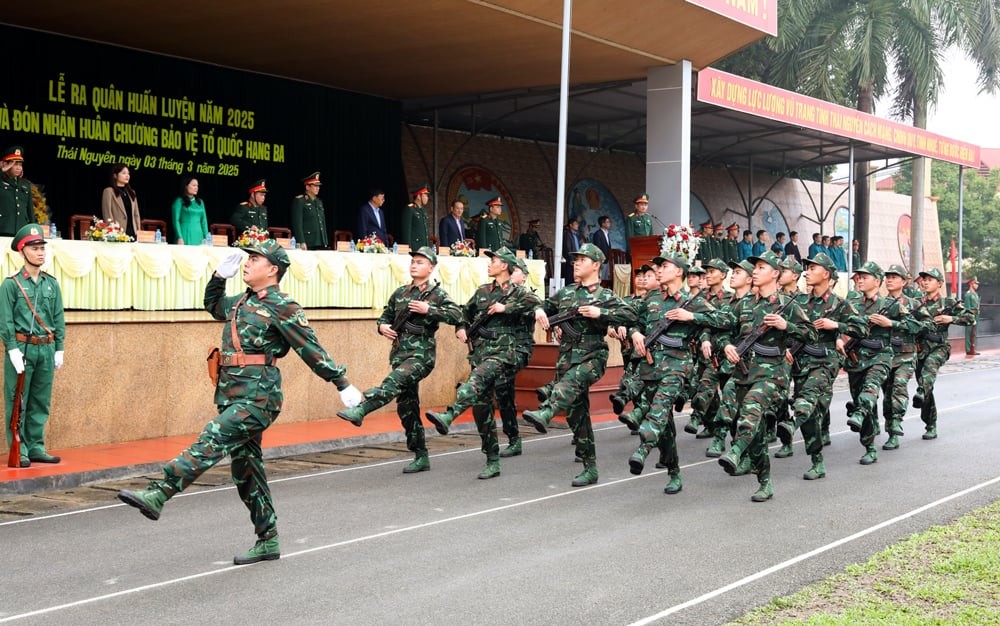
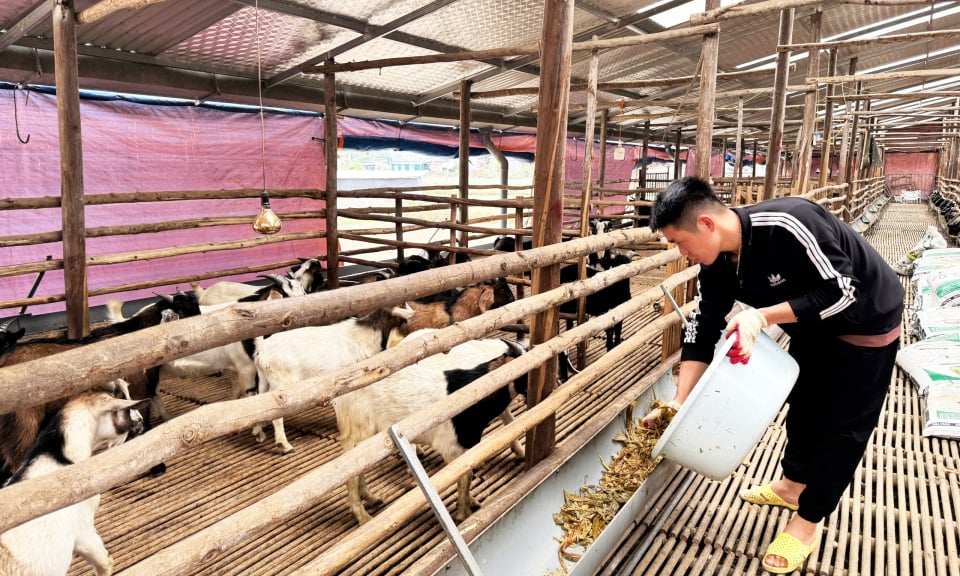









Comment (0)